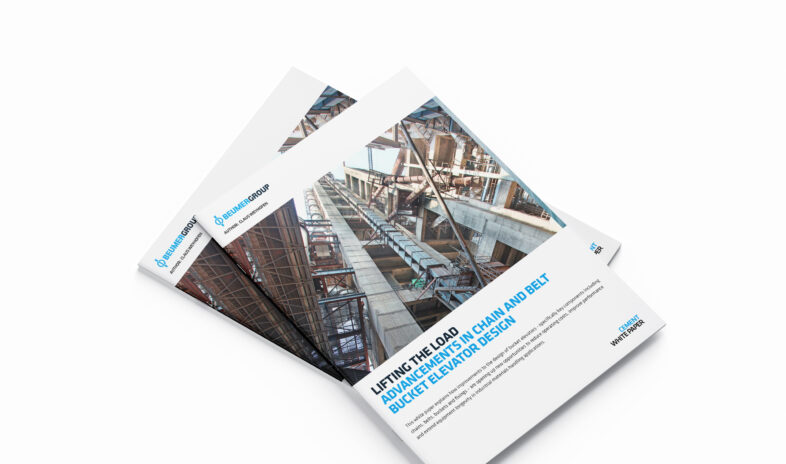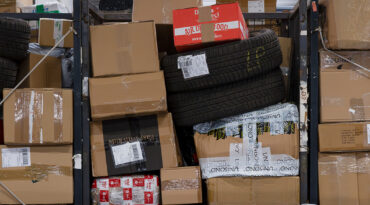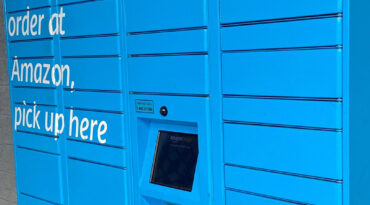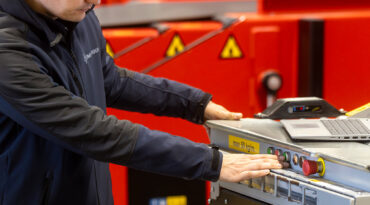This can also be the reality of buying a sortation system for your distribution centre – after a few years of wear and tear, the spare parts you require are not available, long rendered obsolete.
Your supplier spoke about a likely 20-year life-cycle, but it’s barely been ten years and you’re looking for a replacement system.
This example illustrates how important it is to invest in high quality and solid design, delivered to you by a reliable partner committed to keeping your system live.
The system design, using the best components on the market, is robust, but in the event of wear and tear, the supplier can provide spare parts – if not an identical replacement, then a retrofit that will fulfil your requirements.
Smart investment delivers low OPEX and long life-cycle
For a well-designed, high-quality sortation system, you’ll be paying a CAPEX in a higher price range than for ordinary systems, but over the course of the life-cycle, you’ll soon recoup your investments thanks to a significantly lower OPEX.
For example, investing in a system that primarily uses 3mm-thick steel conveyor sections will result in a considerably reduced demand for costly replacement sections.
Quickly over the course of the life-cycle, the cost of replacing cheaper options components will mount up, sending the OPEX skywards. Meanwhile, continuing with the example above, the purchaser of the high-quality system can expect all the steel sections to last the duration of the 20-year life-cycle.
But the truth is there is almost ‘everlasting life’, as there is a documented case of a 1993 system still being used, where the 3mm-thick steel has only worn down by just one millimetre.
Furthermore, when you invest in a supplier offering lifetime commitment, it won’t tell you ten years later it cannot provide a one-to-one replacement part.
If the part is no longer available, which is unlikely, it will design a retrofit part: firmware or software.
Sometimes, changes will need to be made to the system – add-ons, an expansion or a complete overhaul – to adapt to new market conditions, such as a new shape of parcel or new type of label.
In all such cases, a dedicated system supplier will be able to deliver solutions to extend the life-cycle and keep the OPEX low.
The track record that underlines proven longevity
Envisaging a modern sortation system’s life-cycle performance at the negotiating table is difficult, unless the supplier has a demonstrated track record of long-lasting relationships.
When a Finnish postal carrier installed a new sortation system in 1996 – which its provider promised, with its full support, would maintain a high performance level for at least a 20-year life-cycle – few thought it would still be running optimally in 2024.
And it’s not even the oldest still in operation. In Sweden a sortation system belonging to a warehouse operator has been running strong since 1986.
Examples like these demonstrate that giving careful consideration to the likely costs of a high quality system over the duration of its life-cycle makes good sense financially.
Certainly, a track record like this gives committed suppliers an advantage – particularly in light of the increasingly quick turnover of inferior systems that barely last more than five to ten years.
High value CAPEX: Continuance, durability and ESG merits
It can be tempting to be dazzled by the allure of a low CAPEX – strategic buyers recruited to quickly turn around a company’s fortunes won’t be swayed by the promise of the OPEX working out cheaper over a life-cycle.
Nevertheless, system providers need to stress the continuance, durability and ESG merits of their sortation solutions in talks with the strategic buyer on the CEP side, as these points will be passed on to the ultimate decision maker, the board of directors.
Removes the headache of keeping your system alive
Beyond economic and environmental benefits, an enduring partnership with a committed system provider removes the CEP operator’s operational headache of constantly focusing on keeping the system alive.
As long as the CEP operator follows the recommendations regarding cleaning and necessary adjustments, the system provider can, in partnership with the operator, use preventive maintenance to give the system the best possible working conditions.








